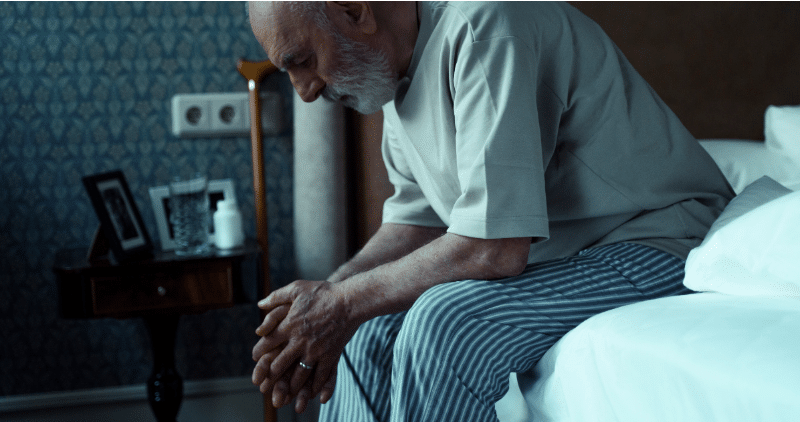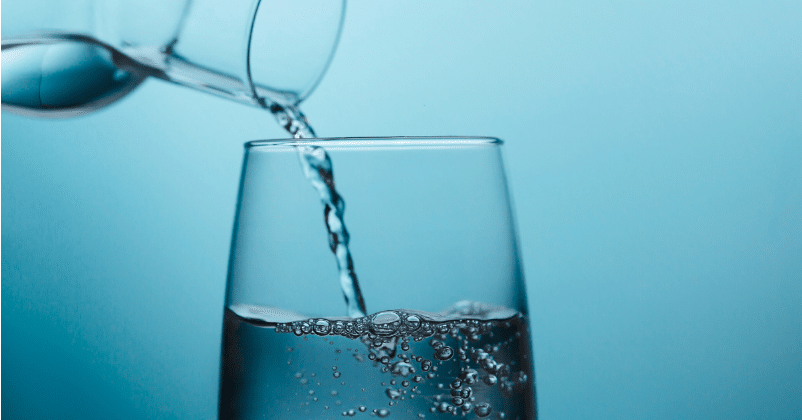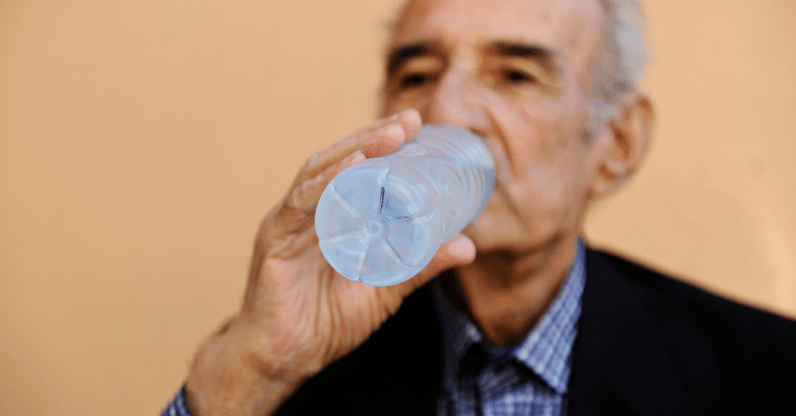As we age, our bodies undergo various changes, some of which make it harder to maintain proper hydration. Unfortunately, dehydration is a common and potentially serious problem for older adults, especially those in care homes or with limited mobility. At Little Croft Care Home, we prioritise the well-being of our residents, and ensuring they stay hydrated is key to maintaining their health and comfort.
In this article, we’ll explore the symptoms of dehydration in the elderly and why it’s crucial to address dehydration as soon as it’s detected.
Why Are the Elderly More Susceptible to Dehydration?
Before we dive into the symptoms, it’s important to understand why older adults are more vulnerable to dehydration. There are several factors that contribute:
- Reduced Thirst Sensation: As people age, their sense of thirst becomes less acute. This means that elderly individuals may not realise when they need to drink water, leading to lower fluid intake.
- Medications: Many older adults take medications that can increase fluid loss or reduce the body’s ability to retain water. Diuretics, for example, are commonly prescribed to treat high blood pressure but can cause increased urination.
- Mobility Issues: For those with mobility challenges, accessing drinks regularly may be more difficult. In care settings like Little Croft, our staff ensure that water is easily accessible, but at home, this could be a problem for those who live alone.
- Medical Conditions: Some medical conditions, such as kidney disease, diabetes, or dementia, can increase the risk of dehydration. These conditions may affect the body’s ability to manage fluid levels or impair the person’s ability to recognise dehydration symptoms.
Common Symptoms of Dehydration in the Elderly
Recognising dehydration in its early stages can prevent more serious health complications. Here are some of the most common symptoms to watch out for in elderly individuals:
- Dry Mouth and Throat: One of the first signs of dehydration is a dry mouth and throat. If your loved one is complaining of feeling constantly thirsty or has difficulty swallowing, this may indicate they need more fluids.
- Dark-Coloured Urine: A quick way to assess hydration levels is by looking at the colour of urine. Dark yellow or amber-coloured urine often signals dehydration. Healthy, well-hydrated individuals typically produce pale, straw-coloured urine.
- Fatigue and Weakness: Feeling unusually tired or weak can be another symptom of dehydration. Water is essential for energy production in the body, so when fluid levels drop, it can lead to fatigue and decreased physical strength.
- Dizziness or Confusion: Dehydration can also affect cognitive functions. Dizziness, confusion, or even fainting are common symptoms. In the elderly, these symptoms can be particularly dangerous as they increase the risk of falls and injury.
- Sunken Eyes: When the body is deprived of water, it starts to pull fluids from other tissues, leading to visible signs like sunken eyes. This is more pronounced in older individuals due to the natural thinning of the skin.
- Dry Skin and Poor Elasticity: Another physical symptom of dehydration is dry or flaky skin, which may appear less elastic than usual. To test skin elasticity, gently pinch the skin on the back of the hand. If it takes longer to return to its normal position, dehydration may be the cause.
- Headaches: Mild to severe headaches can occur when the body is lacking fluids. This happens because dehydration affects the balance of fluids and electrolytes, which can cause the brain to contract slightly, leading to discomfort.

Why Early Intervention is Key
The symptoms mentioned above are clear warning signs that an elderly person may be dehydrated, but dehydration can progress quickly. Severe dehydration can lead to serious complications, including urinary tract infections (UTIs), kidney stones, and even hospitalisation due to severe electrolyte imbalances.
At Little Croft Care Home, we monitor our residents closely, ensuring that hydration is a part of their daily routine. Early intervention is key to preventing severe dehydration and its associated health risks.
How to Prevent Dehydration in the Elderly
The good news is that dehydration is entirely preventable with a few simple strategies:
- Encourage Regular Fluid Intake: Encourage your loved ones to drink small amounts of water frequently throughout the day, even if they don’t feel thirsty. In addition to water, offer a variety of fluids like herbal teas, broths, or fruit juices.
- Monitor Fluid-Rich Foods: Foods with high water content, such as fruits (e.g., watermelon, cucumbers) and soups, can contribute to daily fluid intake. Including these in meals can help maintain hydration levels.
- Create a Hydration Schedule: For older adults who may forget to drink, creating a daily schedule that reminds them to drink fluids regularly can be helpful. This can also be managed by caregivers or family members to ensure consistency.
- Offer Fluids with Medication: If your elderly loved one takes daily medication, offer a glass of water with each dose. This ensures they are getting at least some fluids throughout the day.

Dehydration in the elderly is a serious health concern, but with proper awareness and preventative measures, it can be avoided. At Little Croft Care Home, we are committed to providing the highest level of care for our residents, ensuring they stay hydrated and healthy.
If you’re concerned about dehydration in an elderly family member or would like to learn more about our care services, don’t hesitate to get in touch with us today.

